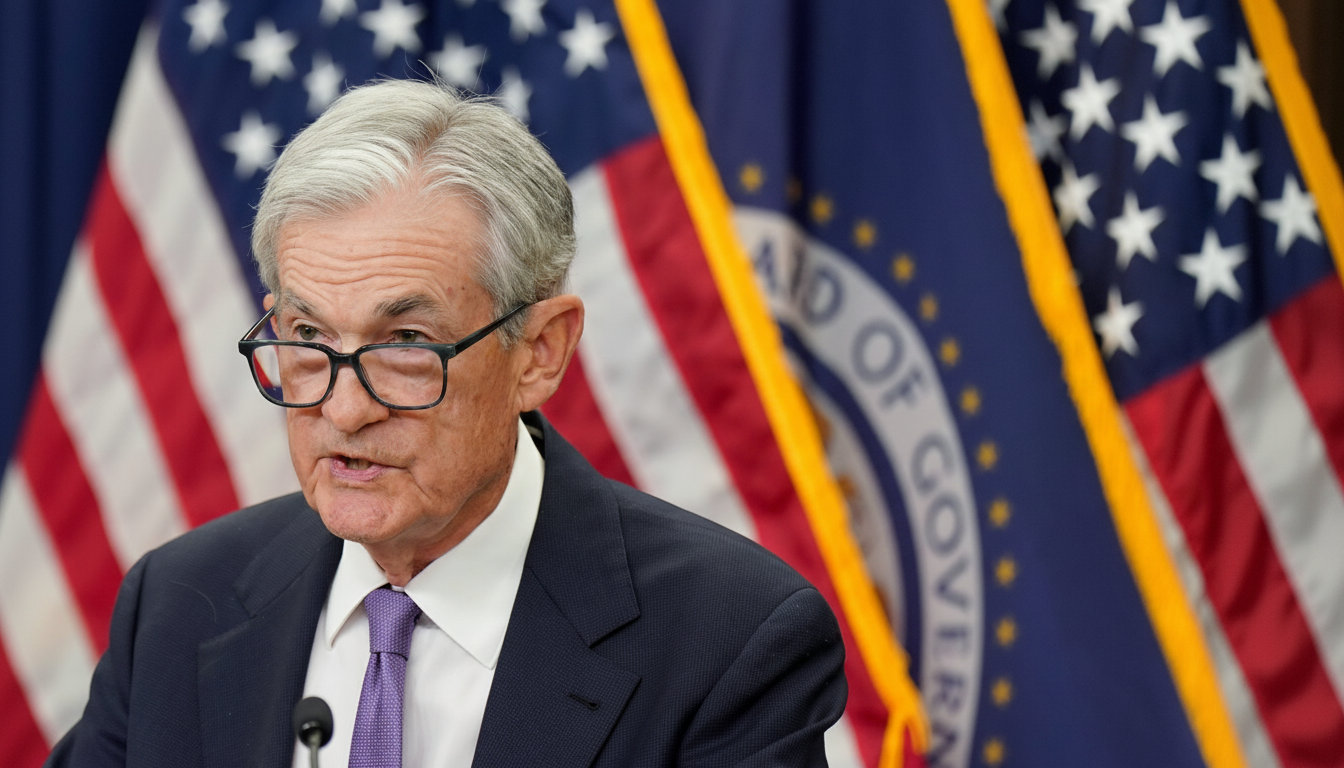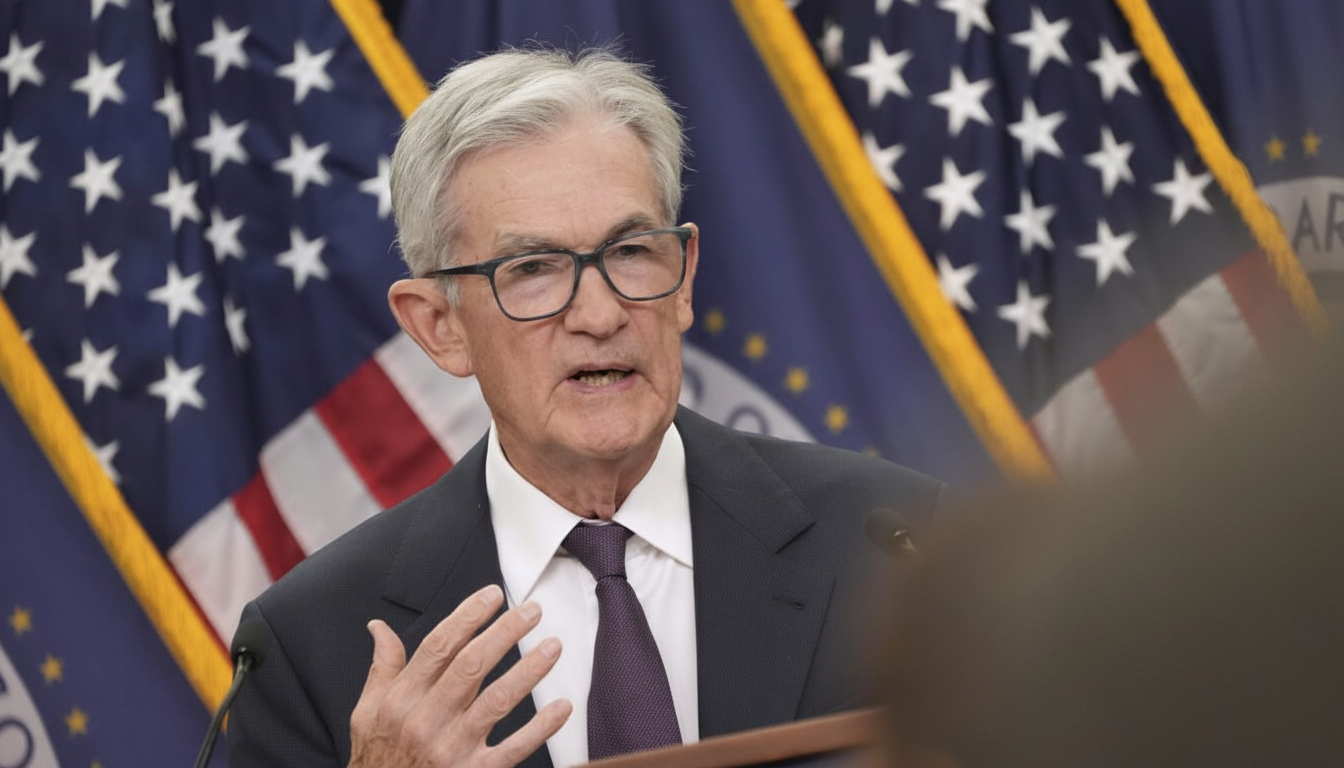Federal Reserve Chair Jerome Powell sees plenty of heat in artificial intelligence but not a replay of the dot-com bust. In remarks following the latest policy decision, he argued that today’s leading AI players have real earnings, durable business models, and cash flows — whereas many highfliers were ideas first and businesses later. Powell’s message is simply: the AI-led surge might be exuberant, yet it is founded in profitable firms financing tangible infrastructure rather than ad-driven speculation alone. It does not mean there is no risk, but it shifts the conversation from bubble psychology to execution and productivity.
Why Powell believes this cycle differs from the 1990s
Where during the dot-com epoch in 1999, revenue-light companies raced to public markets, today the biggest beneficiaries of the AI cycle — cloud hyperscalers and chip leaders — already produce significant earnings and free cash flow. For instance, Amazon posted $18 billion in Q2 profit alone, with AI spending piled atop a giant retail, cloud, and logistics empire.
- Why Powell believes this cycle differs from the 1990s
- The data center buildout’s dividend and potential risks
- Jobs outlook remains murky amid ongoing AI investment
- Policy stance, inflation risks, and market spillovers
- AI economics differ from 1990s scale-first models
- What to watch next for validation of Powell’s thesis

Market leadership is also more compact and integrated. Nowadays, top firms control many links in the value chain, including custom silicon, cloud platforms, and company software. Furthermore, while valuations are dense and mind-boggling, they are backed by profitability and evident monetization paths in data center services, developer tools, and AI‑facilitated business software.
The data center buildout’s dividend and potential risks
The capital commitment is extraordinary. Nvidia’s valuation has surged into multi-trillion-dollar territory, and consortium efforts like the reported OpenAI–Oracle–SoftBank “Stargate” plan envision up to $500 billion in AI infrastructure over several years. Amazon just switched on an $11 billion data center campus in Indiana, with similar projects from Google, Microsoft, and Meta underway. Powell called this buildout a visible source of growth — supporting suppliers, utilities, construction, and specialized manufacturing.
The International Energy Agency estimates data center electricity demand could roughly double mid-decade, underscoring why grid upgrades, transformer lead times, and power contracts have become board-level topics across tech and energy. The risk is straightforward: if AI workloads or monetization lag the investment curve, returns compress. But unlike the late ’90s, today’s spending is anchored by paying customers and recurring cloud demand, not just traffic and eyeballs. That’s the crux of Powell’s “different this time” argument.
Jobs outlook remains murky amid ongoing AI investment
The AI narrative is not yet a hiring story. Amazon has eliminated roughly 14,000 corporate roles and signaled further restructuring as it funds massive GPU purchases and platform bets. Meta, even as it invests heavily in AI capabilities and partnerships, has also trimmed staff in selected units.
Powell said the Fed is watching for labor market effects linked to AI adoption but doesn’t see a clear signal in jobless claims or broad hiring data yet. Private indicators such as Indeed’s postings suggest stable conditions, while company earnings calls point to a bifurcated consumer — resilient at higher incomes, more cautious at lower ones. The takeaway: AI may be boosting capex before it boosts net employment.

Policy stance, inflation risks, and market spillovers
Most telling was Powell’s remark that the AI capex wave was unlikely to shift the interest-rate path on its own. Although the central bank delivered a quarter-point cut at its meeting, it signaled that the focus remained on inflation progress and labor-market balance, as opposed to any one sector’s boom.
Powell also indicated that there might be more near-term sources of inflation, particularly via tariffs. He noted that higher import costs could boost prices in certain categories, but the Fed’s job is to prevent one-time price-level movements from becoming persistent inflation — a risk the committee will be keeping a close eye on as supply chains, trade policy, and AI-driven demand evolve.
AI economics differ from 1990s scale-first models
AI economics are radically different from the scale-first business models of the ’90s. AI’s business model is utility. Enterprises are using the models to automate customer support, hasten software development, and boost knowledge work. The McKinsey Global Institute estimates that generative AI might add trillions of dollars to the global economy annually.
The million-dollar question is the scaling business model. Costs are bending over time: model efficiency is skyrocketing, spending is shifting from model training to optimized chips, and costs are dwindling with complex integration tools.
What to watch next for validation of Powell’s thesis
- Whether hyperscalers retain discipline on capital intensity relative to realized demand
- Grid and power availability, which could become a constraint to AI capacity
- Labor-market indicators: continuing claims, wage growth, and the mix of tech hiring versus layoffs
Powell’s position on the AI boom is pragmatic: there is some speculation, but the boom is being constructed on earnings, infrastructure, and actual paying customers. He notes that these material differences from the 1990s “will make all the difference” and could mean that AI can accumulate into productivity rather than evaporate in unprofitable bubbles.

